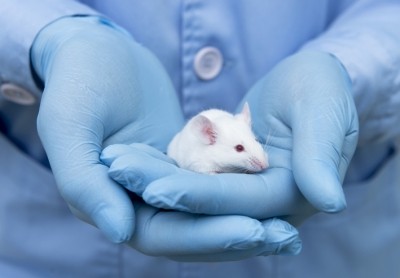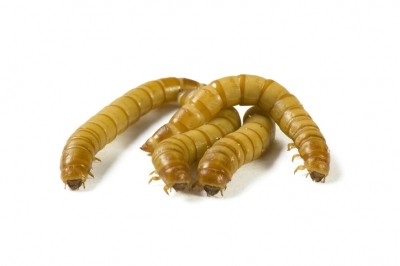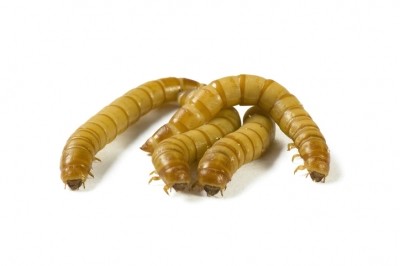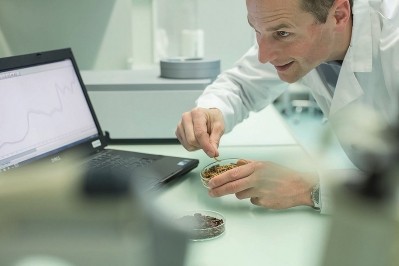Mealworms on the menu for farmed shrimp?
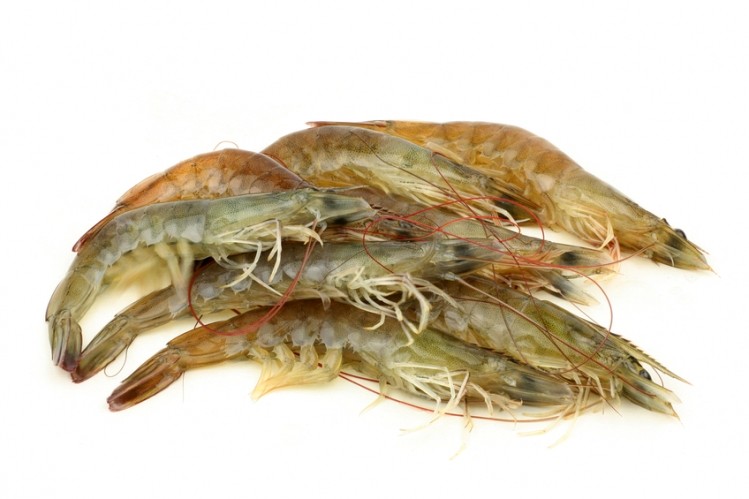
Researchers with the Federal University of Santa Catarina and the State University of North Fluminense Darcy Ribeiro in Brazil examined the potential for mealworm meal (MW) to replace fishmeal in the diet of farmed shrimp. The group’s results were published in the journal of Food Research International.
“The present study was conducted to evaluate the effects on proximate and fatty acid composition, color and texture of the shrimp’s muscle following a gradual substitution of fishmeal with mealworm meal,” the researchers said.
The research group members found that muscle quality for the shrimp getting the alternative diet was not altered, though lipid level increased and the amount of poly-unsaturated fatty acids fell as more fishmeal was substituted.
“For a human nutritional perspective, the lipid content of the shrimps is considered low and the n − 3/n − 6 ratio has been considered within the optimal concentration for human intake,” the researchers said. “It is also important to optimize the fatty acid profile of MW, since it reflects in the shrimp's fatty acid profile, possibly by addition of polyunsaturated fatty acid sources to the insect diet.”
Why mealworm meal?
There is a growing interest in the use of insects as a protein ingredient for animal feed, the researchers said. Depending on species, life stage and diet, insects have been found to offer a good source of protein, lipids, minerals, vitamins and energy.
The insect Tenebrio molitor, commonly called mealworms, has been used in pet food and tested as a fishmeal alternative in fish feed, they said. “Mealworms contain on a dry basis, high amounts of crude protein (47–60%) and lipid (31–43%), relatively low ash content (< 5%), and the fatty acid composition is rich in n – 6,” they added.
Pacific white shrimp, Litopenaeus vannamei, are a commonly farmed species, they said. The shrimp offers a supply of protein, vitamins and minerals, essential amino acids and high levels of n-6 and n-3 polyunsaturated fatty acids (PUFA) including eicosapentaenoic acid (EPA) and docosahexaenoic acid (DHA).
Farm-raised shrimp are given manufactured feeds that often contain about 25% fishmeal, the researchers said. But as the demand for fishmeal has increased so has the price and concern regarding fish stocks.
These elements have generated interest in finding less expensive, sustainable protein ingredients for use in fish and shrimp feed, they said. “Moreover, the chemical composition of the ingested feed could modify the quality of shrimp muscle, such as texture characteristics or the chemical composition of shrimp muscle,” they added.
Methods and materials
In the feeding trial, 450 shrimp were given one of five diets for a period of six weeks, the researchers said. The diets included a control with fishmeal at 206g/kg-1 and four that replaced a portion of the fishmeal with mealworm meal at 25, 50, 75 and 100%.
At the end of the six-week feeding trial, shrimp were collected and checked for muscle composition including total moisture, protein, lipid, fatty acid composition and ash in addition to color and texture, they said. To check color and texture shrimp were partially cooked.
Results found
The researchers found that the change in diet ingredient did not influence some elements shrimp performance, they said. Moisture, ash and protein contents in the muscle were not altered by the trial diets.
Lipid content increased as more of the fishmeal was replaced with MW, the researchers said. The amounts of different fatty acids present in shrimp muscle changed as more fishmeal was substituted and the level of monounsaturated fatty acids increased linearly as more MW was added to the diet.
“The major fatty acids in shrimp muscle were, in decreasing order, linoleic (C18:2n − 6), palmitic (C16:0), oleic (C18:1n − 9), stearic (18:0), eicosapentaenoic (EPA) and docosahexaenoic (DHA) acids,” they said. “However, with increasing the percentage of MW, replacing fishmeal this order changed, with oleic acid became the major fatty acid.”
Additionally, the level of PUFAs decreased linearly as more fishmeal was replaced, they said. But the amount of EPA and DHA found in the shrimp muscle remained higher than what was in the diet.
Shrimp color was similar across all the feed types, they said. Firmness of the shrimp produced was not altered by the change in diet.
Source: Food Research International
Title: Effects of dietary replacement of fishmeal by mealworm meal on muscle quality of farmed shrimp Litopenaeus vannamei
DOI: 10.1016/j.foodres.2017.09.017
Authors: R Panini, S Pinto, R Nóbrega, F Vieira, D Fracalossi, R Samuels, E Prudêncio, C Silva, R Amboni
